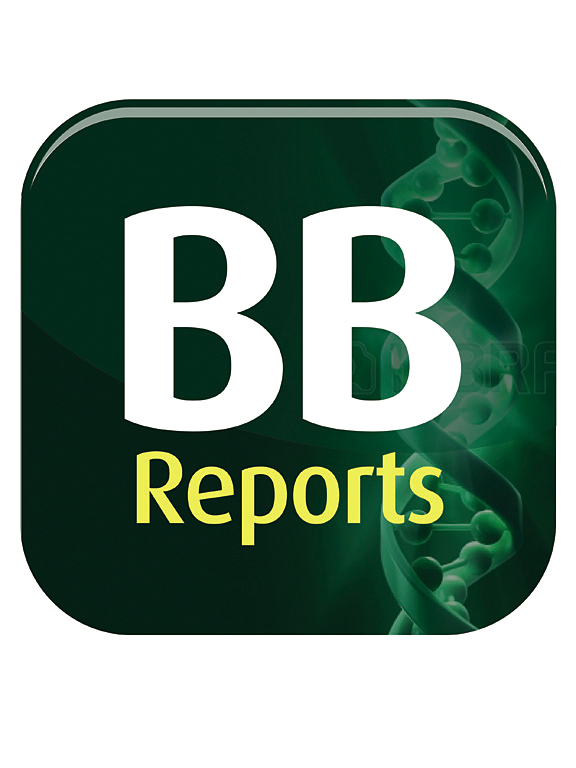辅酶Q10和利坤石可预防小鼠耳石形态和功能的年龄相关变化
IF 2.3
Q3 BIOCHEMISTRY & MOLECULAR BIOLOGY
引用次数: 0
摘要
耳石在维持身体平衡方面发挥着重要作用,而与年龄相关的耳石功能和形态完整性的下降可能导致跌倒。近年来,人们对中药利昆茶(RKT)和抗氧化辅酶Q10 (CoQ10)的抗衰老特性进行了研究;然而,它们对耳石的影响尚不清楚。因此,我们旨在研究RKT和CoQ10是否可以预防耳石年龄相关的功能和形态变化。为此,本研究选用8周龄C57BL6N小鼠,公鼠30只,母鼠30只。将小鼠分为三组:对照组、辅酶q10组(0.2%辅酶q10特殊饲料)和RKT组(3% RKT特殊饲料)。80周龄时,取微计算机断层扫描(μCT),分析耳石体积和CT数。此外,通过分析线性前庭-眼反射(LVOR)引起的眼球运动来评估耳石功能。结果显示,RKT组大鼠三维脑室CT模型体积明显减小(雄鼠;p = 0.0281, Steel检验),且细胞CT数显著增加(雄性小鼠;p = 0.0104, Dunnett检验)显著高于对照组。RKT组的LVOR明显较弱(雄性小鼠;侧向1.3 3g刺激;p = 0.00681, Dunnett检验)(雄性小鼠;纵向1.3 3g刺激;p = 0.0183, Dunnett检验)(雄性小鼠;纵向0.7G刺激;p = 0.00322, Dunnett检验)显著高于对照组。CoQ10组表现出明显强于对照组(雌性小鼠;侧向0.7G刺激;p = 0.0133,钢材检验)。综上所述,RKT可以阻止雄性小鼠年龄相关的耳石形态学改变,但不能阻止年龄相关的耳石功能改变。辅酶q10在雌性小鼠低频刺激下防止与年龄相关的心室功能变化。本文章由计算机程序翻译,如有差异,请以英文原文为准。
Coenzyme Q10 and rikkunshito prevent age-related changes in mouse otolith morphology and function
Otoliths play an important role in maintaining body balance, and age-related decline in theis function and morphological integrity can lead to falls. In recent years, the herbal medicine rikkunshito (RKT) and the antioxidant coenzyme Q10 (CoQ10) have been studied for their anti-aging properties; however, their effects on otoliths remain unknown. Therefore, we aimed to investigate whether RKT and CoQ10 can prevent age-related functional and morphological changes in otoliths. To this end, 30 male and 30 female 8-week-old C57BL6N mice were used in this study. The mice were divided into three groups: a control group, CoQ10 group (0.2 % CoQ10 special diet), and RKT group (3 % RKT special diet). At 80 weeks of age, micro-computed tomography (μCT) images were taken and analyzed for otolith volume and CT number. Furthermore, eye movements induced by the linear vestibulo-ocular reflex (LVOR) were analyzed to assess otolith function.
Results
revealed that the RKT group had a significantly smaller volume of the 3 dimensional utriclar CT model (male mice; p = 0.0281, Steel test) and a significantly higher utricular CT number (male mice; p = 0.0104, Dunnett test) than the control group. The RKT group had a significantly weaker LVOR (male mice; lateral 1.3G stimulation; p = 0.00681, Dunnett test) (male mice; longitudinal 1.3G stimulation; p = 0.0183, Dunnett test) (male mice; longitudinal 0.7G stimulation; p = 0.00322, Dunnett test) than the control group. The CoQ10 group exhibited a significantly stronger utricle-induced LVOR than the control group (female mice; lateral 0.7G stimulation; p = 0.0133, Steel test).
In conclusion, RKT prevented age-related utricular morphological changes, but did not prevent age-related otolith functional changes in male mice. CoQ10 prevented age-related utricular functional changes for low frequency stimulation in female mice.
求助全文
通过发布文献求助,成功后即可免费获取论文全文。
去求助
来源期刊

Biochemistry and Biophysics Reports
Biochemistry, Genetics and Molecular Biology-Biophysics
CiteScore
4.60
自引率
0.00%
发文量
191
审稿时长
59 days
期刊介绍:
Open access, online only, peer-reviewed international journal in the Life Sciences, established in 2014 Biochemistry and Biophysics Reports (BB Reports) publishes original research in all aspects of Biochemistry, Biophysics and related areas like Molecular and Cell Biology. BB Reports welcomes solid though more preliminary, descriptive and small scale results if they have the potential to stimulate and/or contribute to future research, leading to new insights or hypothesis. Primary criteria for acceptance is that the work is original, scientifically and technically sound and provides valuable knowledge to life sciences research. We strongly believe all results deserve to be published and documented for the advancement of science. BB Reports specifically appreciates receiving reports on: Negative results, Replication studies, Reanalysis of previous datasets.
 求助内容:
求助内容: 应助结果提醒方式:
应助结果提醒方式:


